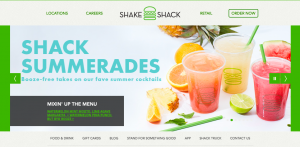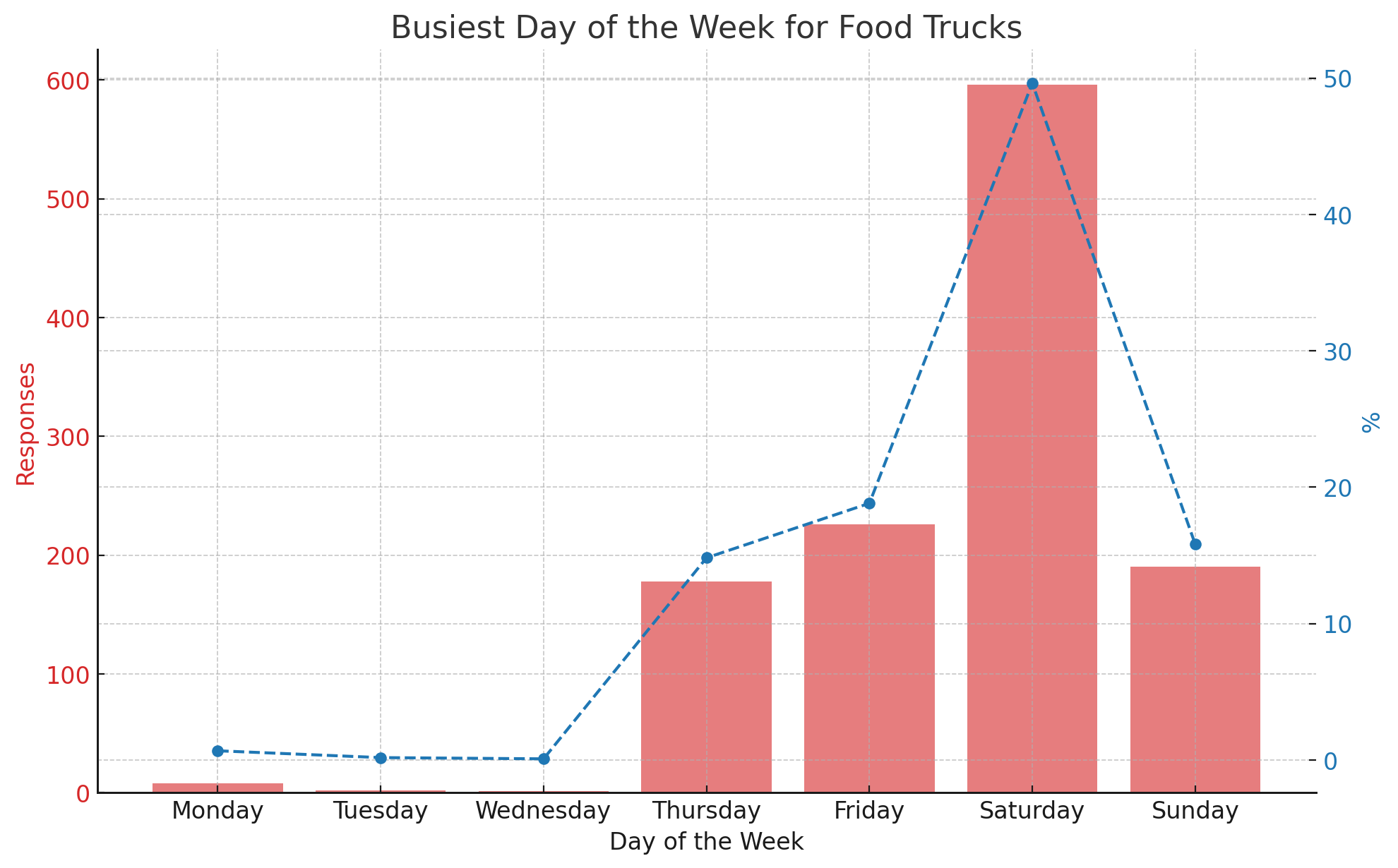An eye-catching ad with a powerful message can pique your customer’s attention and ultimately generate interest needed to buy the product. But sometimes, marketers would go overboard and in their thirst for sales or influence over a target demographic. As a result, marketers may publish an ad that’s either unethical or misleading.
To avoid going down that path, I’ve compiled 21 examples of unethical and false marketing practices that you must be aware of and avoid. There are many ways to market your business, but these examples will never will be an ethical way to get people’s attention.
To be a smart consumer of media, it’s important to understand the unscrupulous tactics that marketers use to get a message across. Unfortunately, you can see examples of these in use every day. Some examples you may feel like you’ve gone blind to even in 2022. Let’s take a heard look into real examples of false marketing practices.
Page Contents
- 1. Misleading Images
- 2. Spamming
- 3. Plagiarism
- 4. Using Sex, Religion, and Politics
- 5. Twisting Facts
- 6. Smearing Competitors
- 7. Hidden Fees
- 8. Exaggeration
- 9. No Scientific Data
- 10. False Advertising
- 11. Misleading Sale
- 12. Scare Tactics
- 13. Sexually Suggestive Content
- 14. Discrimination
- 15. Proper Credentials
- 16. Body Shaming
- 17. Negative Content
- 18. Not Being Eco-Friendly
- 19. Celebrity Endorsements
- 20. Stereotyping
- 21. Employee Maltreatment
1. Misleading Images
Have you ever ordered a burger that looked mouthwatering on tv only to get a limp and sad-looking one from a fast-food joint? Then you know the utter disappointment that follows when the burger is unwrapped and served.
As a business owner, you’re responsible for serving meals that match your marketing assets. Don’t let the plating of a meal disappointment. The worst examples of misleading photos or illustrations fall under false advertising and if found guilty can lead to paying hefty fines as a penalty.

Shake Shack beverages.
There are of course some restaurants who live up to their stock photography and they’ve been rewarded for it by customers. One example is the fast-growing Shake Shack. If you’ve ever been to a Shake Shack you know that the meals served look almost exactly the same as their advertising campaigns. This approach pays off as well with the level of social media sharing (free advertising) from customers. The approach also benefits the bottom line with a reported $174+ million in revenue last quarter.
I understand food styling with appropriate lighting is a must-have if you want photos to look appetizing. But do everything you can to offer the same visual quality when it’s served to customers.
2. Spamming
We understand marketing a product means constantly getting people’s attention. But spamming isn’t the right way to get in front of more prospective customers. When we think of spammy marketing we usually think of unsolicited emails or phone calls.
Of course, spamming has also branched out into sending incessant text messages and filling up comments on posts online. These are annoying marketing tactics that drive away customers rather than reeling them in. I bet you’ve seen plenty of examples of this.
Spamming customers with emails of your product will just rub them off the wrong way, especially if they’ve never consented to their email addresses to be used for marketing purposes. In fact, you could get into serious legal trouble if you do this. For example, according to the CAN-SPAM Act you could be be subject to a penalty of $43,792 for each violation. Spamming is considered unethical and must not be practiced at all costs.
3. Plagiarism
Plagiarism is an obvious unethical act and yet some companies still practice it. In short, plagiarism is when you copy someone else’s ad. Imagine giving your time and effort to conceptualize and produce a marketing ad and for someone else to copy it word for word and claim it as their own. This is beyond frustrating!
You may be surprised to know that even massive food corporations have plagiarized ads before. In fact, McDonald’s is one of them. The burger chain apologized for this event but it should serve as a reminder of how plagiarizing content will only ruin your reputation, but can cost money in fees too.
It’s one thing to be inspired by a marketing message and another thing all together to directly copy it. It’s of course totally fine to model the concept of an ad. But you’ve got to put your own spin on things.
4. Using Sex, Religion, and Politics
Sex, religion, and politics are all topics that should usually be avoided when you’re marketing your product. Why? These topics are considered sensitive and are better left off when you’re conceptualizing an ad. For example, depending on your political position, you could lose the attention or turn off half of your customer base. This is especially true for food businesses that target a broad range of customers from an age, race, and socio economic standpoint.
A lot of people can misinterpret these messages and can make one feel disrespected, discriminated or harassed. Err on the side of caution and avoid using these themes unless it makes sense for your brand.
5. Twisting Facts
Some companies twist facts when they market their products. One example is VitaminWater. They marketed their product as something healthy compared to soda when it was in fact filled with eight teaspoons of sugar in a single bottle. Not cool VitaminWater!
There are many other marketing ads that fail to state the right facts when promoting their products. Don’t be like them lest you want to see customer complaints in the future. Be extremely careful when making any health claims. Be sure anything you claim is backed-up by reputable third-party data.

6. Smearing Competitors
Be a sport even when it comes to marketing. It’s unethical to smear your rival’s names by going after their products in an attempt to market yours. Competition is good for businesses. Competition helps drive change and improvement within a company. So avoid being rotten and just focus on how you can market your products without harming other brands.
7. Hidden Fees
Don’t market a product at an affordable rate only to have hidden fees buried in the fine print. Tricking your customers into buying your product with additional fees that weren’t made known to them in plain sight is just unethical. Be upfront about it so as not to fool customers.
You Might Like: My 401+ LGBTQ+ Owned Business Name Ideas That Embrace Diversity
8. Exaggeration
It’s only natural that we want our marketing ads to sound as convincing as possible so that people would buy our products. But exaggerating things is not the right way.
Take for example Weighting Comfort’s ad that claims their weighted blankets “help you sleep”. The National Advertising Division (NAD) recommended that it should change its wordings to “may improve sleep” since not everyone might enjoy the feeling of a weighted blanket.
Proofread what you put out on your marketing ads and keep your facts straight and simple. Best of all, you don’t need to make claims that aren’t 100% legit. If you’re selling a high-quality product, you don’t need to exaggerate to get the sale.
9. No Scientific Data
Always be responsible in making health claims that’s backed by scientific data.
GlaxoSmithKline’s Treximet which is a migraine relief medication was called out by the FDA for not stating the side effects of the drug they were selling. Only when a readers would scroll through the bottom of the ad would the complete details be shown about the product.
Be a responsible marketer and always state any scientific evidence or source in your ads. Don’t mislead with half-baked data.
10. False Advertising
Your ads should stay true to what it says. Nando’s was once under fire for a misleading advertisement that promoted a free lunch but on a separate link under the terms and conditions were the details that said it would only accommodate the first 250 people.
The sad thing is Nando’s could have just been up front about the 250 limit and there wouldn’t have been a problem. This free lunch promotion would have likely done well either way.
False advertising is unethical. If you have any terms that a viewer should know at a glance, then be up front about the information in the ad. Do not mislead potential customers.
11. Misleading Sale
One proven way to attract customers is put on a sale offering deep discounts to buyers. However, some businesses don’t even post or show the original prices and how much was marked down to consider the item a sale. Or maybe the item wasn’t even “marked down” in the first place and only used a “sale” to get customers.
Don’t use this sort of marketing ploy if you’re not reducing prices on your items at all. Eventually, consumers will catch on especially now that everyone has a social media account.

12. Scare Tactics
Fear-based marketing is an approach to get people to buy the products by scaring them. The product is then presented as a way to fix or solve those fears. One famous example is Listerine’s 1920s ad on halitosis and how you would become unpopular and unliked if it went untreated. In other words, you’d have such bad breath that no one would want to hang out with you.
Fear-driven ads may be persuasive but they’re not ethical. It comes off as disturbing and can be a trigger for some people. What you can do instead is to shift a message from fear to encouragement. Don’t scare your customers into buying your product but rather encourage them to find solutions to it.
13. Sexually Suggestive Content
Sex sells as they say. This one has never been ethical to begin with and yet many brands ride on sexually suggestive content for attention.
Do take note that ads are out there for everyone to see, including kids. There may also be people who get uncomfortable with this kind of talk. So always keep your ads friendly and appropriate for all ages. This is especially true if you run a small business like a restaurant or food truck.
14. Discrimination
Discrimination is against the law and something that should never be included in marketing. However, there are still brands out there that have been accused of this.
Dove faced backlash when they placed an ad about how a black woman changed into a white woman after using their product. They’ve taken the ad down but the damage has already been done.
Think twice before you conceptualize an ad. Take a step back and review every advertisement before releasing it into the world to ensure it won’t offend a certain group of people. Most of all, never discriminate.
15. Proper Credentials
When you post an ad that includes scientific claims, make sure to gather quotes from people with proper credentials. For example, if you state medical facts, make sure to get these straight from a licensed medical doctor rather that specializes in that area of medicine… not a random health coach on some YouTube video you watched. Medical doctors have proper credentials, educational background, and training so it’s best to get your facts from legitimate sources such as these.

16. Body Shaming
Body shaming is mocking or humiliating the size of a person. And with that definition, you already know that it’s unethical to use it as a marketing strategy. Somehow, body shaming as a marketing ploy is still being used to this day.
Victoria’s Secret was once called out for defining “The Perfect Body” in an ad where it only showed models in slim sexy figures. The lesson of it all: Don’t be insensitive. Stay off body-shaming when it comes to promoting a product. Not all of us look the same. And that’s great!
17. Negative Content
Just like fear-driven ads, ads with negative and depressing content should be avoided. Ads should be about bringing some positivity and not causing more distress especially at present where we’re all suffering from a pandemic.
Negative content just weighs down the mental health of the people that might chance upon your ad so it’s best to avoid negative and depressing themes.
18. Not Being Eco-Friendly
Times have changed and the need for more eco-friendly products is on the rise. If your business is dealing with products that are good for the environment, make sure you’re advertising them correctly. Volkswagen vehicles were called out for their false ad campaign.
According to them, their cars are eco-friendly. But in actuality, Volkswagen was cheating emission tests. Their “eco-friendly” cars were not reporting the right quantity of emissions and were also responsible for releasing pollutants up to 40 times more than the amount allowed in the United States. This revelation caused their share price to plummet and the car marker was fined $15 billion.
This example falls under false advertising. But it the vehicles were marketed as eco-friendly when they actually were not. So when you create a marketing ad for your product, make sure you state all the facts correctly and promote a product that’s useful for the environment. You need to backup your environmental claims, not just include them in marketing.
You Might Like: 301 Unforgettable 50th Birthday Slogans and Captions for Social Media
19. Celebrity Endorsements
Believe it or not, celebrities endorsing products can be a harmful and unethical marketing strategy. Celebrities are known to endorse products to their fans and their opinions are taken seriously by a wide fan base.
Their fans probably won’t even check for other reviews of the products and will just use them since their favorite celebrities highly recommended them. What they don’t know is that these products might even be harmful to them.
Think twice about signing up a celebrity to promote your product. Be sure to conduct an in-depth background check before allowing anyone to represent a brand. Or better yet, leave them out of it.
20. Stereotyping
Gone is the age of stereotyping and so should your marketing ads. Don’t claim that pink is only for women and blue is only for men. Nurses can be men and police can be women. Stereotyping should be left behind in the olden days and let your marketing strategy help in opening people’s eyes to the present.
21. Employee Maltreatment
Though this may not be a marketing strategy per se, mistreating and threatening your employees to create an unethical ad for you is not the way to market your product this 2022. Be kind to your staff and help each other create an ad that everyone at your company would be proud of owning.
These unethical marketing examples that should be avoided at all costs. Here’s to making ads that are fun, wholesome, and positively creative. You don’t need to cut corners or do anything unethical when you believe in the product.




